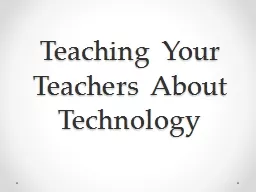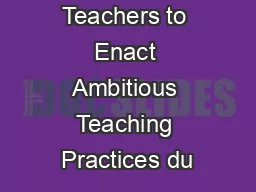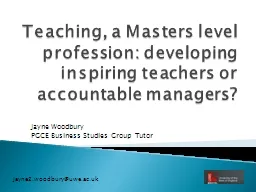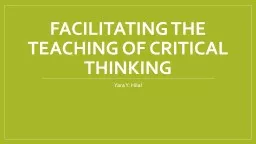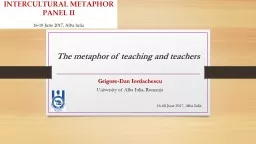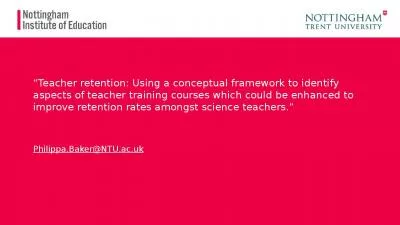PPT-Teaching Your Teachers About Technology
Author : lindy-dunigan | Published Date : 2016-07-09
Turning this Into this A lesson in four parts Why dont more teachers use technology How can we help teachers overcome these obstacles How do people learn What strategies
Presentation Embed Code
Download Presentation
Download Presentation The PPT/PDF document "Teaching Your Teachers About Technology" is the property of its rightful owner. Permission is granted to download and print the materials on this website for personal, non-commercial use only, and to display it on your personal computer provided you do not modify the materials and that you retain all copyright notices contained in the materials. By downloading content from our website, you accept the terms of this agreement.
Teaching Your Teachers About Technology: Transcript
Download Rules Of Document
"Teaching Your Teachers About Technology"The content belongs to its owner. You may download and print it for personal use, without modification, and keep all copyright notices. By downloading, you agree to these terms.
Related Documents

